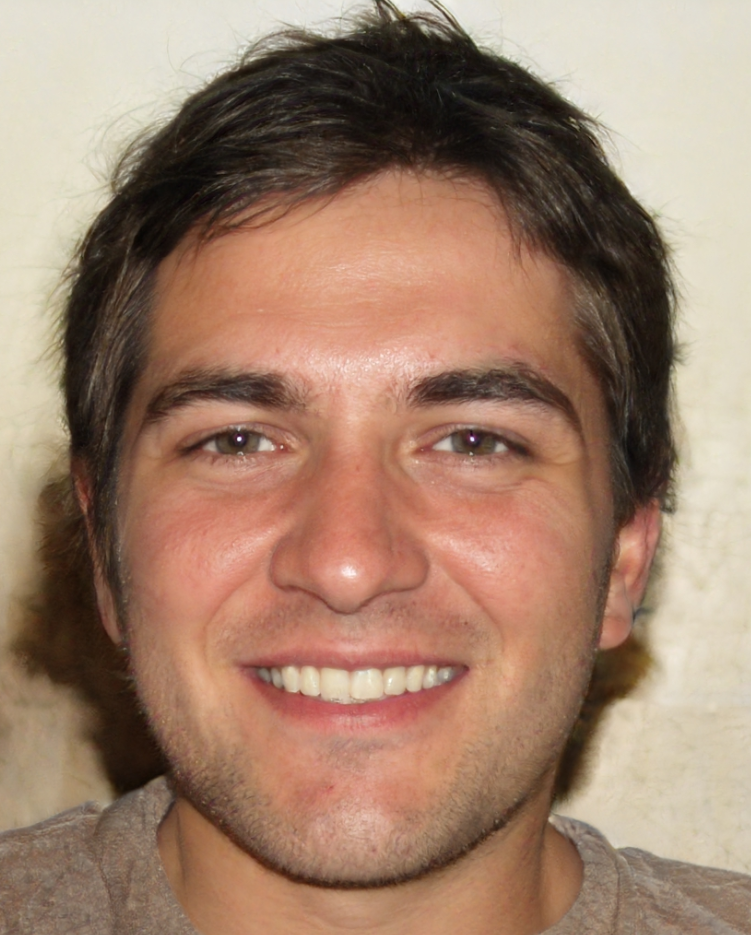
How do we quantify evil and what exactly is it? Is it worse to kill a spouse out of jealous wrath, or to kidnap and torture a stranger for several days before letting them go?
The New Evil: Understanding the Emergence of Modern Violent Crime,a new book by Drs. Michael Stone and Gary Brucato, centers on these topics and uses a 22-level "Gradations of Evil" scale to classify some of the most infamous violent criminals in history.
Brucato is a clinical psychologistand researcher who specializes in violence, psychosis, and other serious psychopathology. He is the assistant director of the Center of Prevention and Evaluation at the New York State Psychiatric Center/Columbia University Medical Center. Stone is a clinical psychology professor at Columbia College of Physicians and Surgeons.
Dr. Brucato discussed in an interview, how he came to the conclusion that certain crimes are more evil than others and why serial killers aren't all classified in the same way.
What "Gradations of Evil" scale do you use specifically?
A 22-point continuum exists. and there's a reason why they're arranged that way. They begin with crimes that are universally relatable and human in nature, such as crimes motivated by passion, acts of self-defense, or instances where someone gives in to extreme pressure.
Then it progressively spreads to those who have certain psychological characteristics that predispose them to violence, such as being hot-headed, narcissistic, or lacking self-awareness. After then, it goes through a cycle of individuals with increasing levels of psychopathy and sadism until it reaches sadistic torturers, those who commit several murders with the goal of inflicting excruciating suffering on others.
How did you determine which of these two horrifying deeds is the more evil? Does the scale follow any guiding moral principle?
Our concept is actually highly psychological: it's about people's emotional response to an extreme conduct that is premeditated, shocks and horrifies, or produces uncertainty and bewilderment.
Is an act more bad if it causes the general population to be horrified? Something where the victim is a child, for instance?
Indeed. The wickedness of sexual assault or child murder is compounded by the fact that an innocent child's death is always viewed as worse by people everywhere in time and space. For this kind of thing, we have an internal barometer. Furthermore, it's challenging to measure and provide an explanation for. We're curious to know: What is that barometer?
How did you decide which end of this scale to place particular serial killers in? Richard Ramirez, as the "Night Stalker," was classified as a Category 17 villain by you. The "Lust Killer," Jerry Brudos, is a Category 18 criminal, even more horrible than Ramirez. These two men killed and raped viciously, although Brudos killed a lot less people. Why is he scaled higher in light of that?
due to the torment. Ramirez killed with a fury that burst forth. After tying a victim up until her toes were almost touching the ground, Brudos would slowly choke her to death. Once torture is involved, the scale can never be less than 18.
Although Gary Krist didn't even kill anyone, you classify him as Category 19, above both of those murderers. He took someone hostage. Why does that feel so bad?
In the 1960s, Krist abducted Barbara Jane Mackle and, out of sheer curiosity, buried her alive, with oxygen tubes trailing into the box. After 83 hours, he held her there. That is cruel. The number of psychopaths who commit crimes is quite low. Sadism comes in above psychopathy. Apart from the practical, a person gets in the way, the majority of psychopathic people don't see much benefit from it. Sadism as a notion is far worse than psychopathy.
According to your book, serial killings have increased over the past century, especially since the late 1960s. Since it takes investigative abilities to connect crimes, how do you know that serial killings are becoming more common? Could it be that investigators have just become more adept at making connections?
I don't know why [serial killers] would have been more cunning before the 1970s. There has always been a strong emphasis on reporting crimes of this nature in the Western world. Furthermore, these crimes were always heavily sensationalized because they had a direct bearing on who was executed.
In terms of the police, their methods [of identification] only improved following [the significant rise in serial killers during the late 1960s].
According to your book, a large portion of this "new evil" is a response to the 1960s' surge in female emancipation. Both John Wayne Gacy (Category 22) and Jeffrey Dahmer (Category 20) identified as gay. What place does homosexuality have in this view, then?
It implies that not all individuals at the top of the scale had the same motivation. In addition, toxic masculinity, which was fostered by the sexual revolution of the time in which John Wayne Gacy lived, had a significant impact on him. "Man up, go out, get yourself a wife" was a common refrain.
Regarding Dahmer, an intriguing observation made by Dr. Stone is that, for some reason, a disproportionate amount of cannibals identify as gay. And no one knows why that is the case.
What inspired you to pen this book?
The subject of evil has always captivated me, therefore I studied for years to become a priest before entering the field of psychiatry. However, people can still grasp it even if theology is removed from the conversation. Therefore, whether religion is true or not, there is an innate knowledge of actions that you simply should not take. Does that make sense?
When you really get into this material, you start to feel as though everything is a complete failure. Thankfully, though, you are compelled to come to the conclusion that you must also believe in categorical good if some people act in an evil manner.
See Also:
